airports
Memphis modernisation: streamlining passenger flow
Memphis International Airport is now considered an origin and destination airport as opposed to a transfer hub, after passenger transfer hub operations were removed by Delta Air Lines in 2013. Jasleen Mann explores the changes that have taken place at the airport to reflect this.
Image: copyright
Memphis International Airport (MEM) has been modernised in order to streamline passenger flow, increase space, and accommodate amenities. Concourse B at MEM has been redesigned and is expected to be more efficient and result in a positive travel experience for passengers.
Concourse B was opened on 15 February and the first flight at the new concourse was schedule to be a Delta Air Lines flight arriving in the evening. On 16 February, departing flights began operations at the new concourse.
Glen Thomas, director of strategic marketing and communications at MEM, says: “The total cost was $245m. This is an 'all-in' total, which includes additional design costs and related construction, such as jet bridge improvements on the A and C concourses that are necessary to accommodate additional airline operations.”
No local tax dollars were used to fund the project, as the airport does not receive any local tax revenue. The airport’s website states that project funding will include general airport revenue bonds, state and federal grants, passenger facility charges, and other authority capital funds.
The new features
MEM is 150 miles away from the New Madrid Seismic Zone, so the redesign of concourse B was an opportunity to add seismic mitigation. Other features include higher ceilings, larger gate areas and wider corridors, moving walkways, increased natural lighting, enhanced restaurant and retail options, additional charging stations, and air-conditioned jet bridges.
When it comes to sustainability, the new design includes the use of smart windows, which reduce the need for extra light fixtures. They also maintain the temperature during hot weather, while white reflective roof materials also help the building stay cool in the summer.
The amount of paper products needed in restrooms has been reduced by the installation of air dryers at every faucet. In addition, old light bulbs have been recycled, and the concourse has LED lighting throughout it while new energy-efficient HVAC units have been introduced.
“We would expect that other airports would incorporate features for the modern traveller, such as outlets and device charging at every seat and increased use of touchless technology,” says Thomas.
There are also additional seating areas that have electrical connections and surface charging capabilities. There is a new military lounge, which is open for retired and active-duty military personnel. The lounge includes seating areas, workstations, and a meeting table.
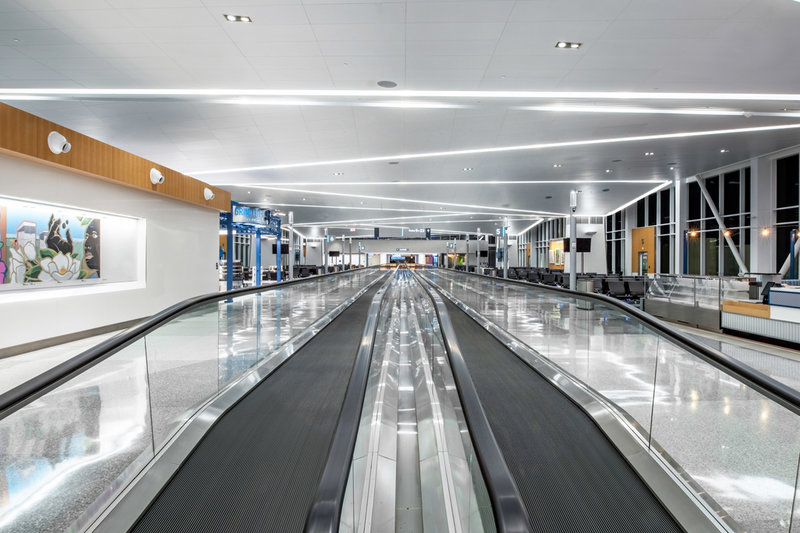
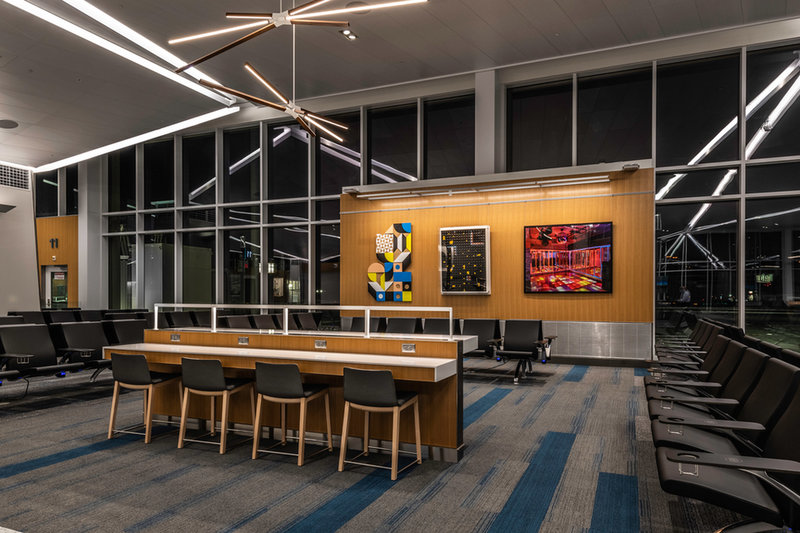
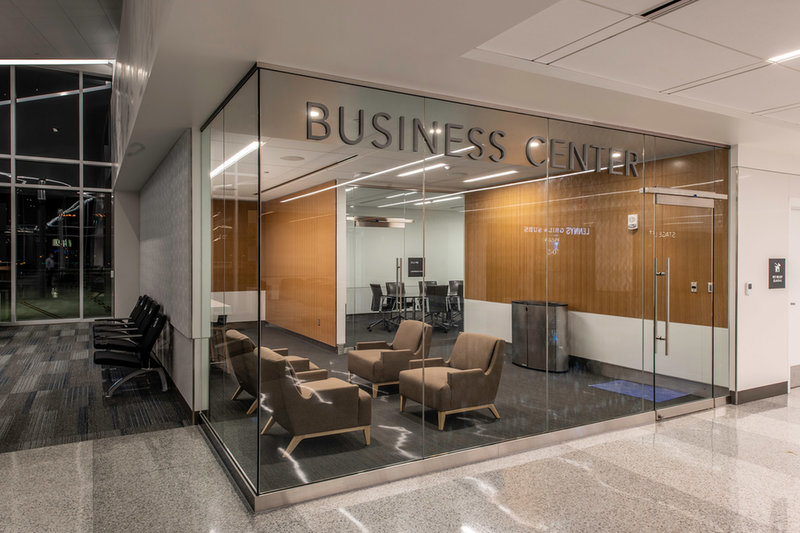
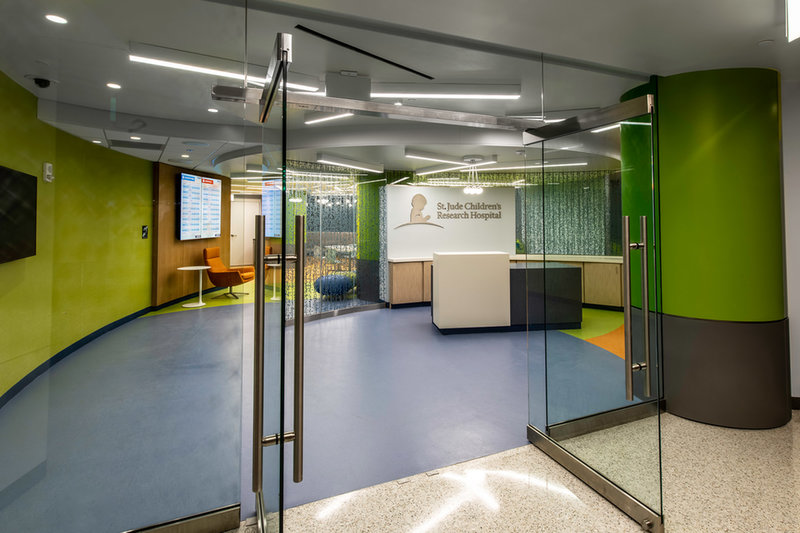
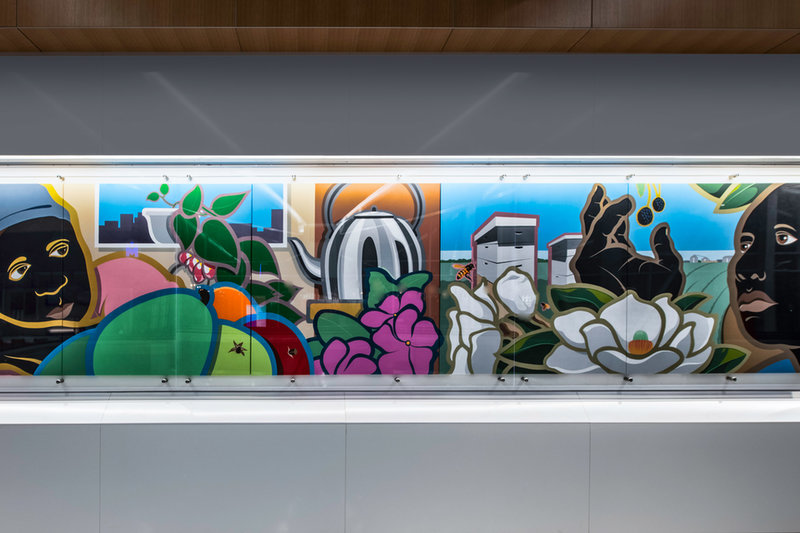
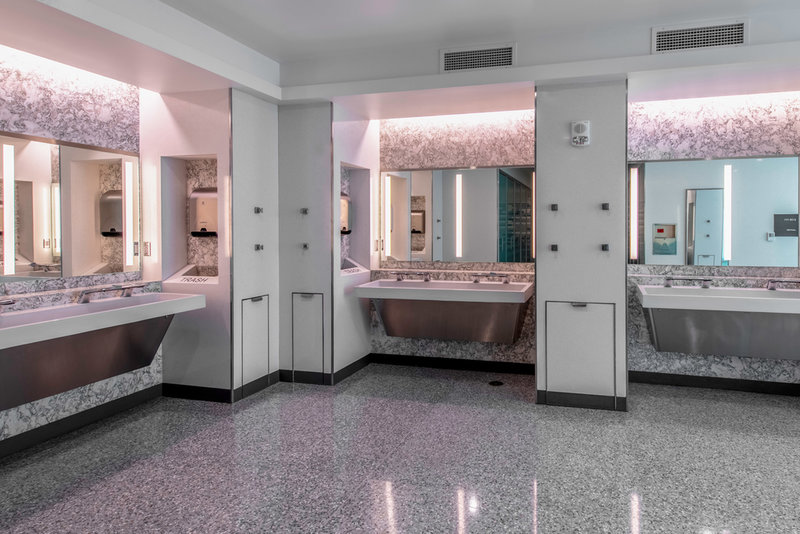

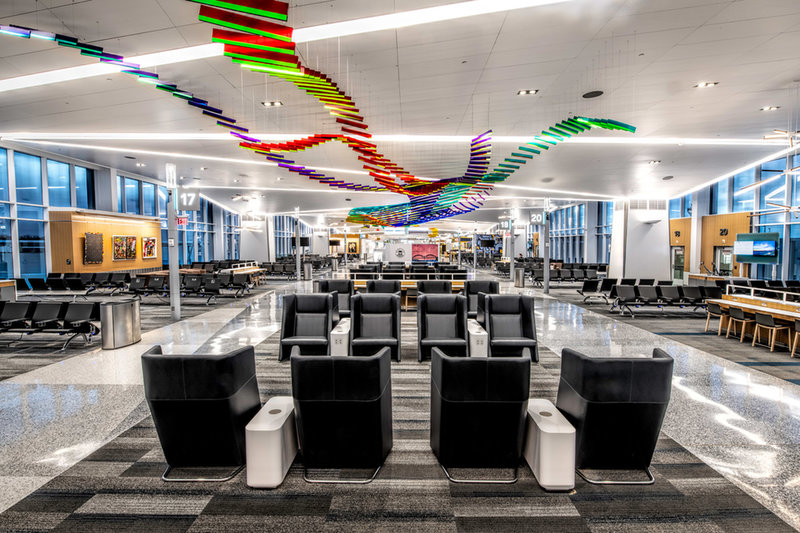
The terminal is designed to streamline passenger flow, increase space, and accommodate amenities.
Lounges and gates
St. Jude Children’s Research Hospital Patient Lounge is located at MEM. The lounge will be available to the hospital’s patients and their families. It features seating areas, a kitchen, and TVs. The concourse also features a pet restroom for service animals.
An art program at the airport includes 61 pieces of art and there is a hanging sculpture at the southeast end of the concourse. There are three original paintings printed on glass, using ceramic ink, in the restroom waiting areas and a mural at the entrance/exit of the concourse. Rotating pieces can be viewed near each restroom waiting area.
“The primary challenge was the pandemic. Like many other businesses across the world, the airport experienced supply chain, staffing, and Covid-19-related issues that slowed the project at times,” says Thomas.
There are 23 gates available to airlines, capable of accommodating around six million passengers, which is around 50% more traffic than the airport’s pre-pandemic levels. Security screening will mainly take place in concourse B.
Ticketing and check-in will continue to take place in the A, B, and C terminals. MEM is now focusing on the planning of the modernisation of its baggage and ticketing areas, with preliminary plans in place.
All images credit: Memphis International Airport.